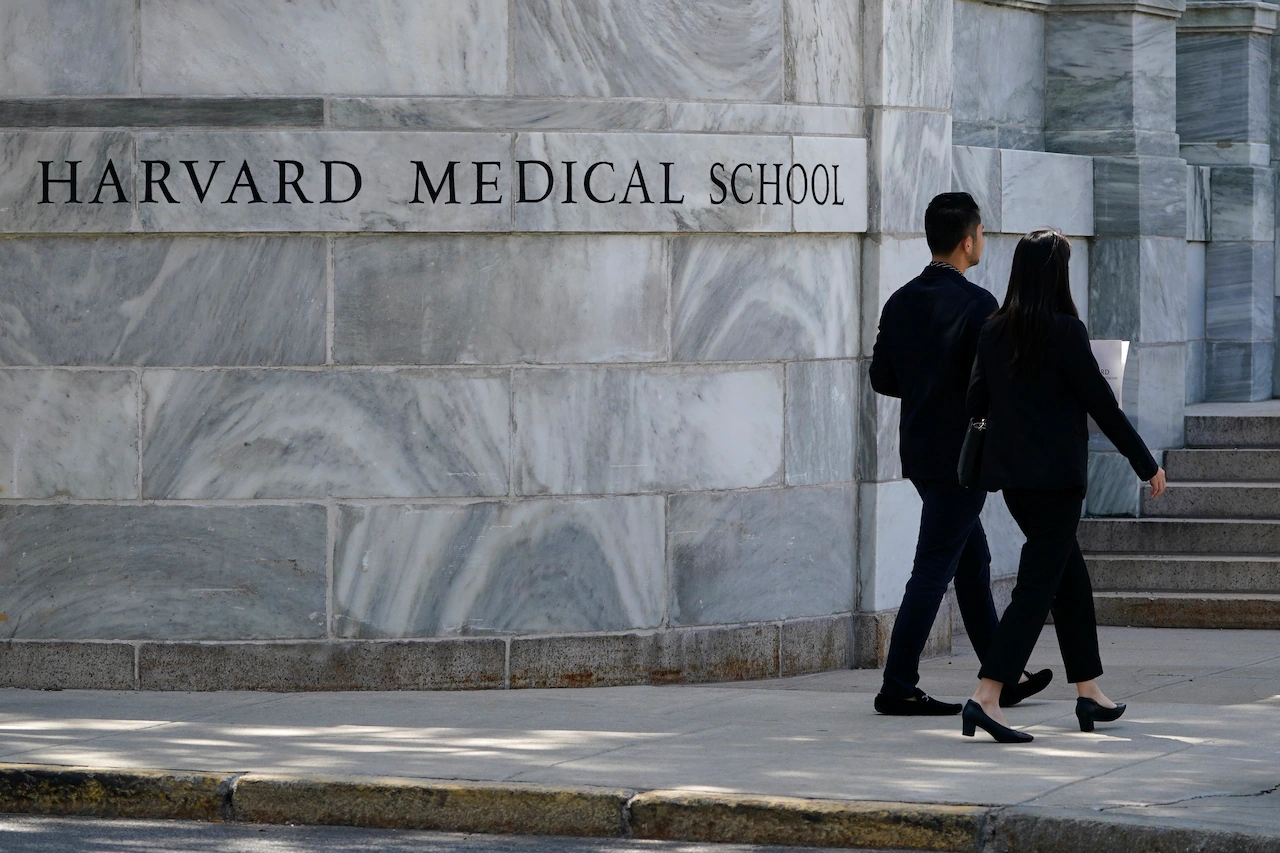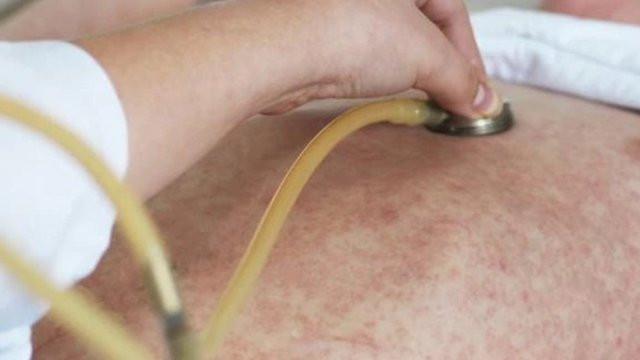
Harvard Medical School is cutting its research expenses by at least 20% by the end of the fiscal year, George Daley, dean of the medical school, said during his State of the School address on Wednesday.
His address comes after a federal judge sided with Harvard, restoring nearly $3 billion in federal funding to the university at the beginning of September. Since then, the federal government has begun reinstating some of the funding.
“Indeed, we are on track to winnow our overall research enterprise by at least 20%,” Daley said. “And given the dark clouds hanging over not only Harvard’s federal grant dollars, but over all of the [National Institutes of Health] NIH, reducing our research spending and focusing on our most critical research is the responsible thing to do.”
The Trump administration had proposed reducing the National Institutes of Health budget by around 40%, which received pushback from lawmakers.
“We take some comfort that the House and Senate appropriations committees have restored, with bipartisan enthusiasm, most of the proposed NIH budget cuts put forward by the administration. However, there are still major revisions to so-called indirect cost reimbursements, and we could still see executive actions that limit research spending,” Daley said.
Daley also mentioned the heightened pressure on the institution as a result of an upcoming increased endowment tax from a flat rate of 1.4% to up to 21% under President Donald Trump’s “Big Beautiful Bill.”
Read more: 4 rich Mass. colleges dodged a big Trump tax, and may have an unlikely ally to thank
The university has contributed $90 million for research, which the medical school matched and exceeded by $30 million. As a result, graduate students are supported for full tuition and stipends this year and junior faculty will have all of their startup guarantees, he said.
However, despite this investment, only 74% of federally sponsored research activity through fiscal year 2026 will be sustained, using the aforementioned research sustainability funds, lab rainy day funds and department discretionary funds.
Read more: US to face a shortage of around 5 million college-educated workers by 2032
The school needs to prepare for fewer federal research dollars and funding distributed from the endowment, he said. This could impact programs such as financial aid and discretionary grant funding, he said.
“As heart-rending as it is, we have to adjust,” he said.



